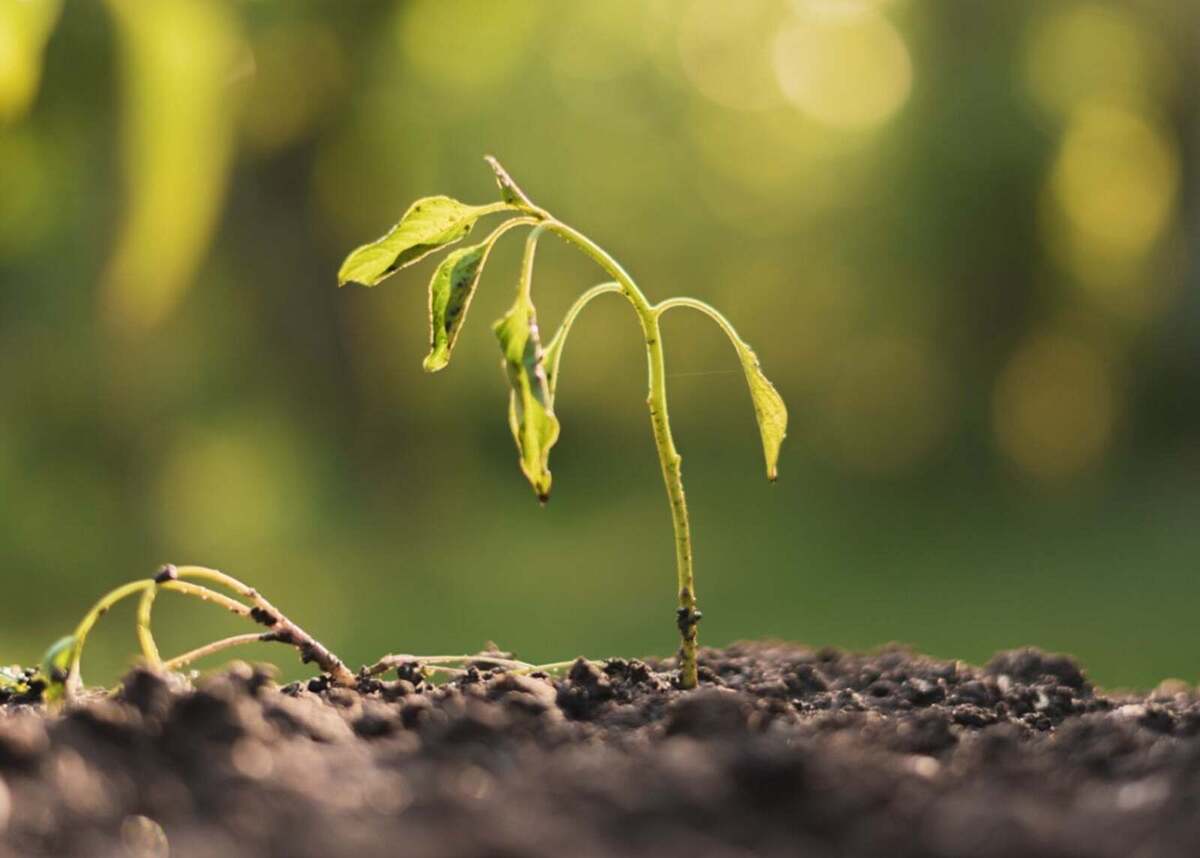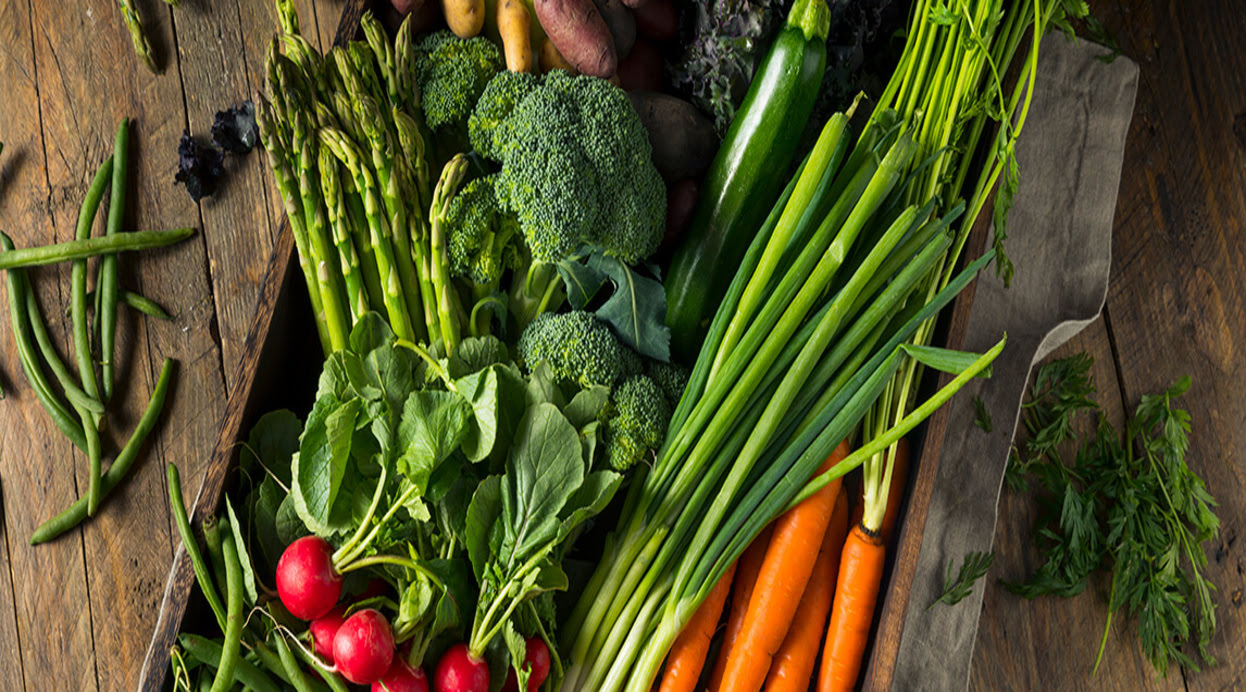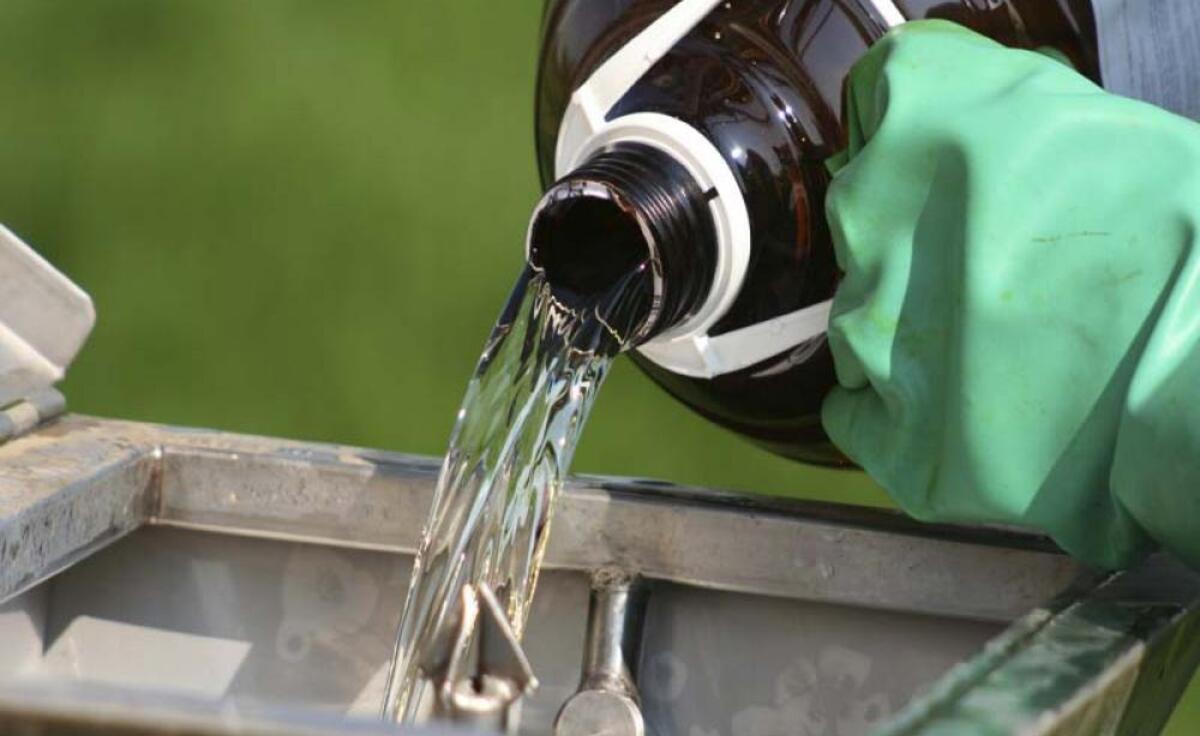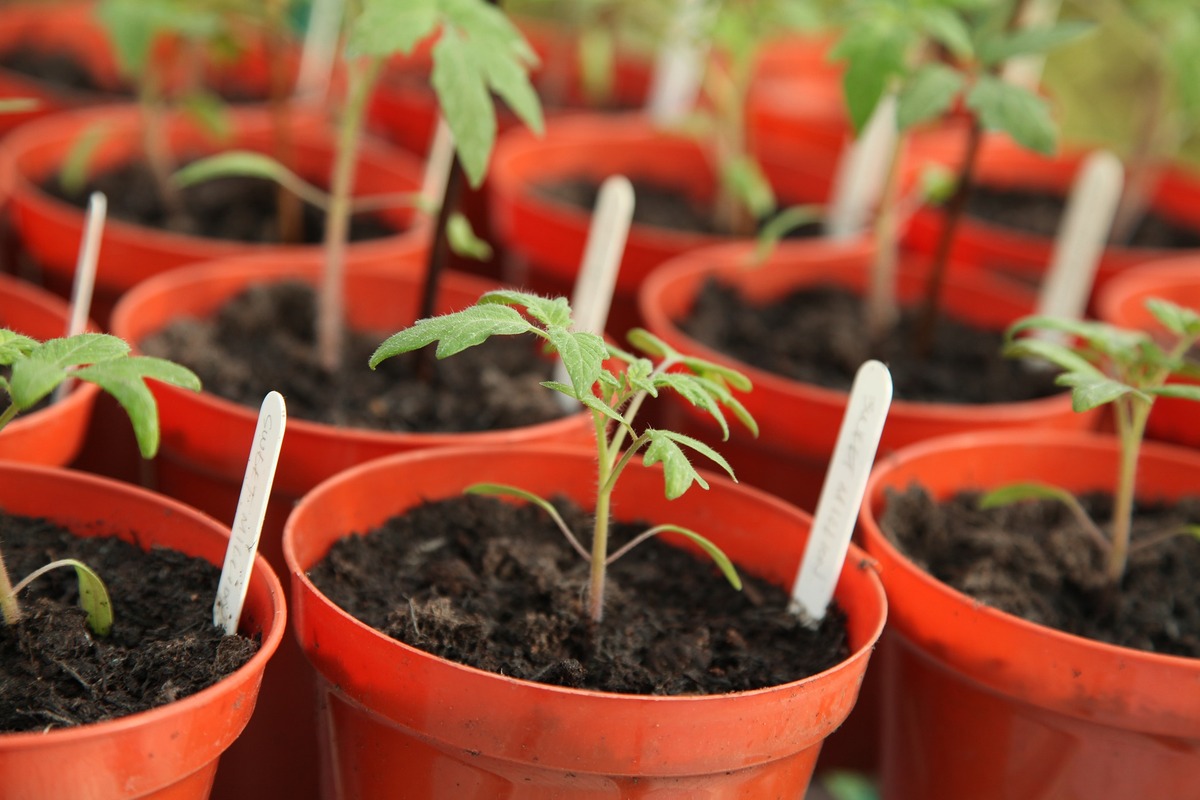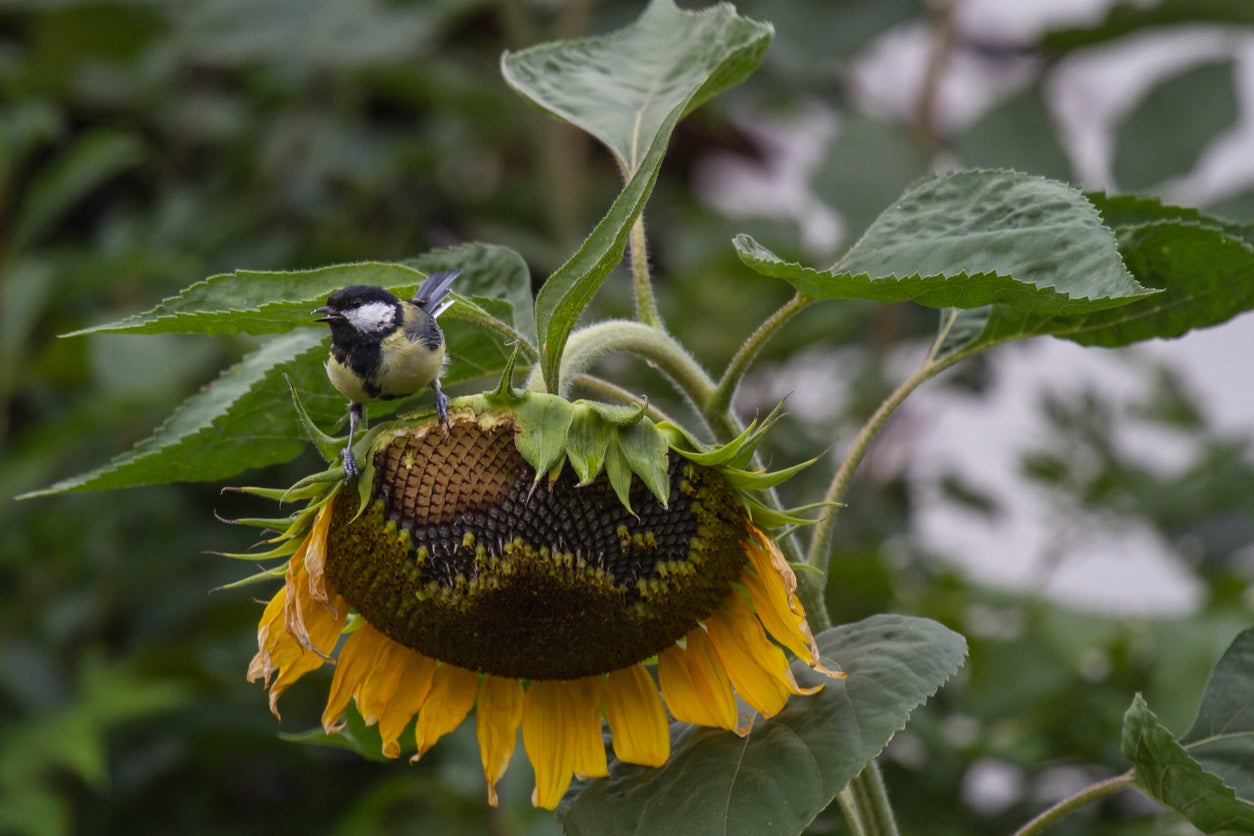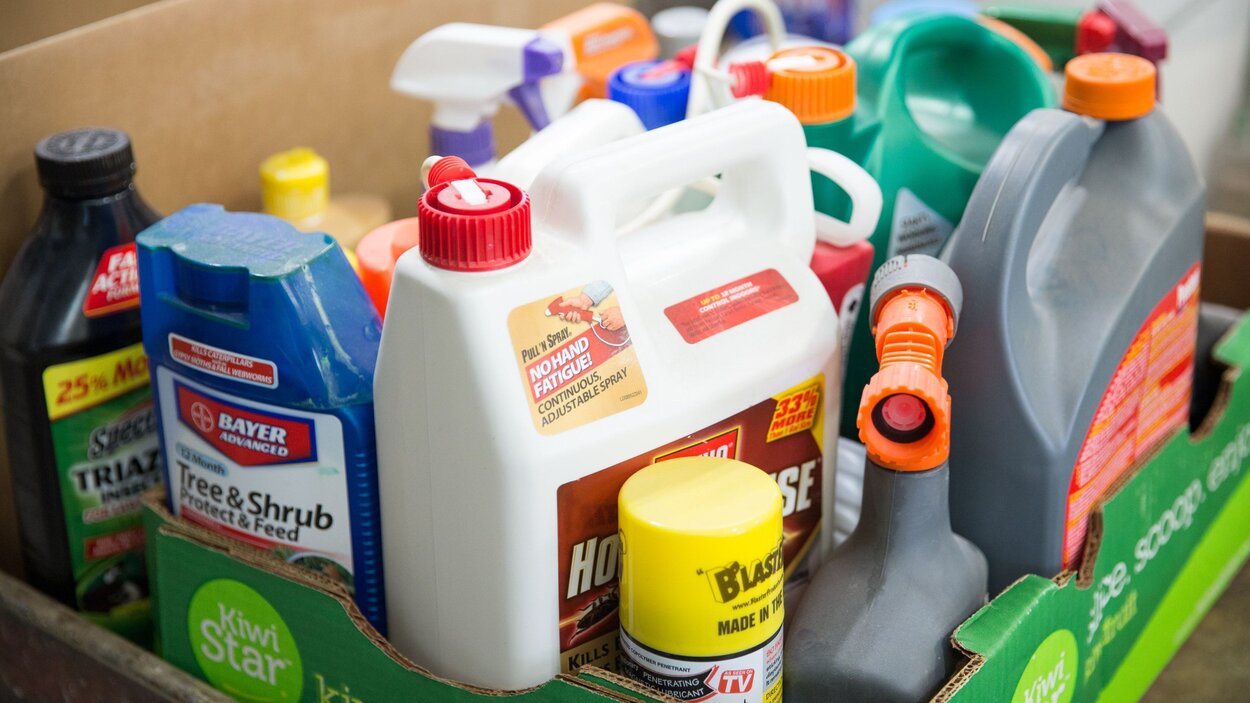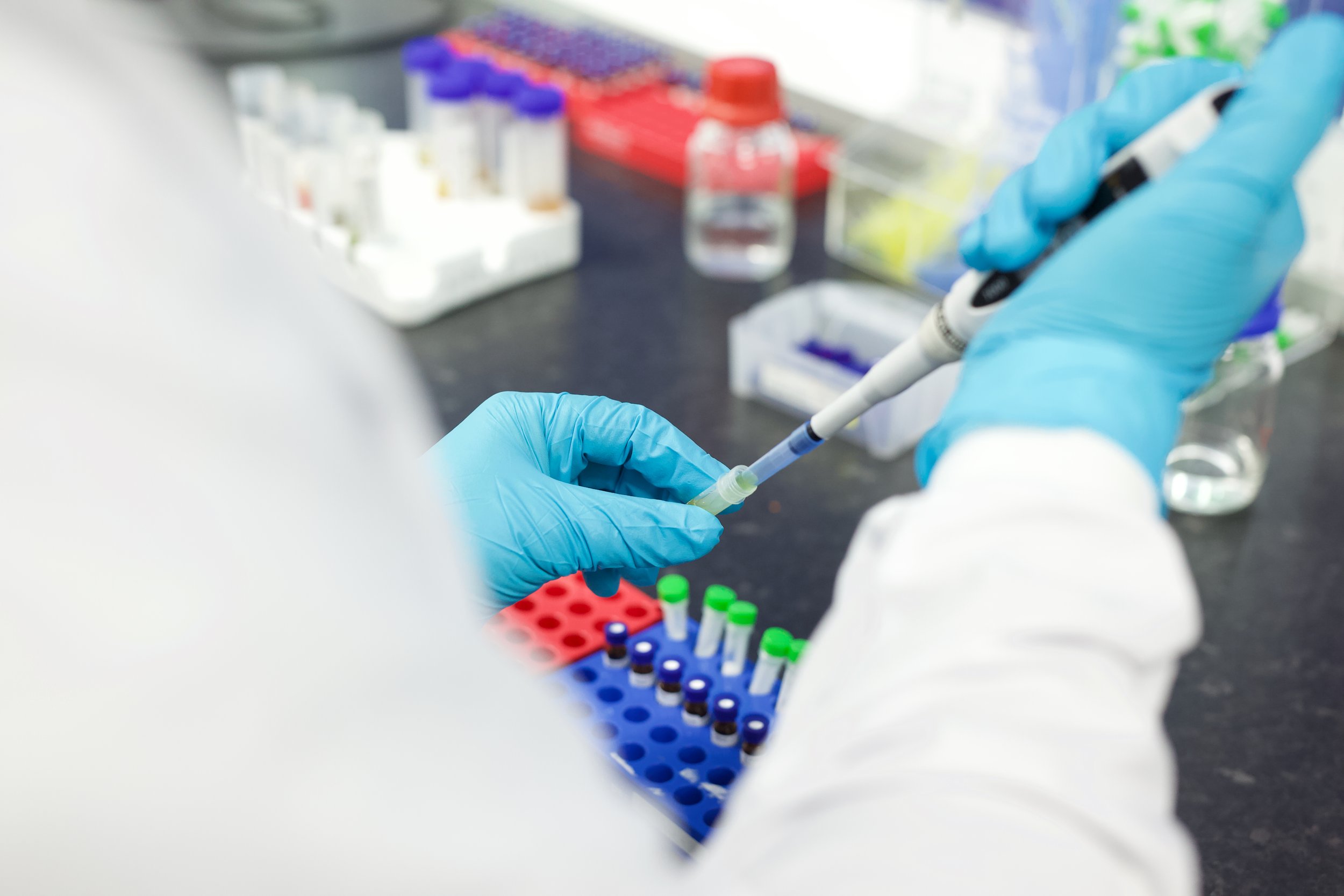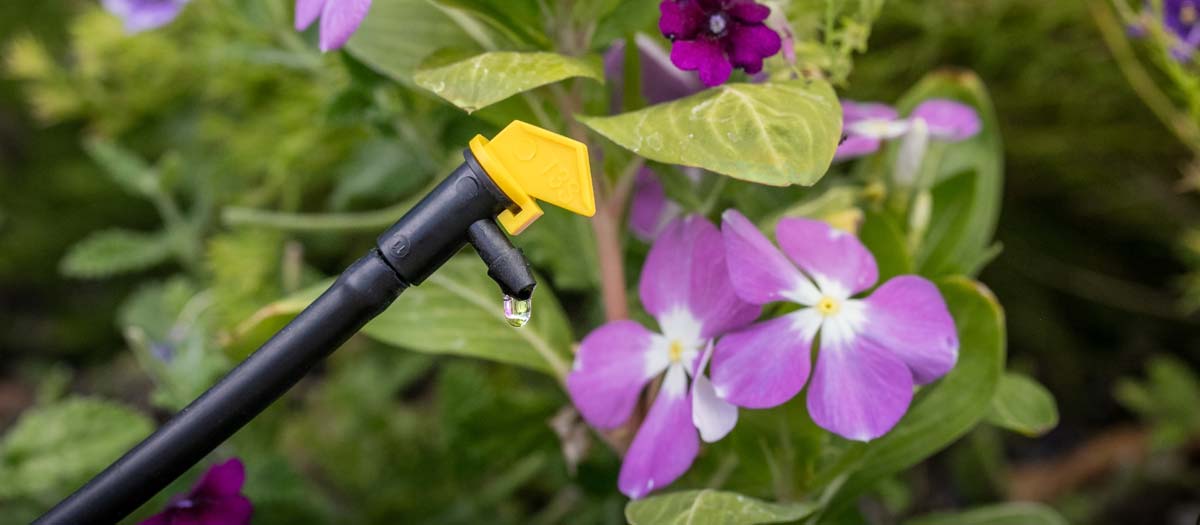Home>Gardening News and Trends>Latest News>How To Get Pesticides Off Grapes
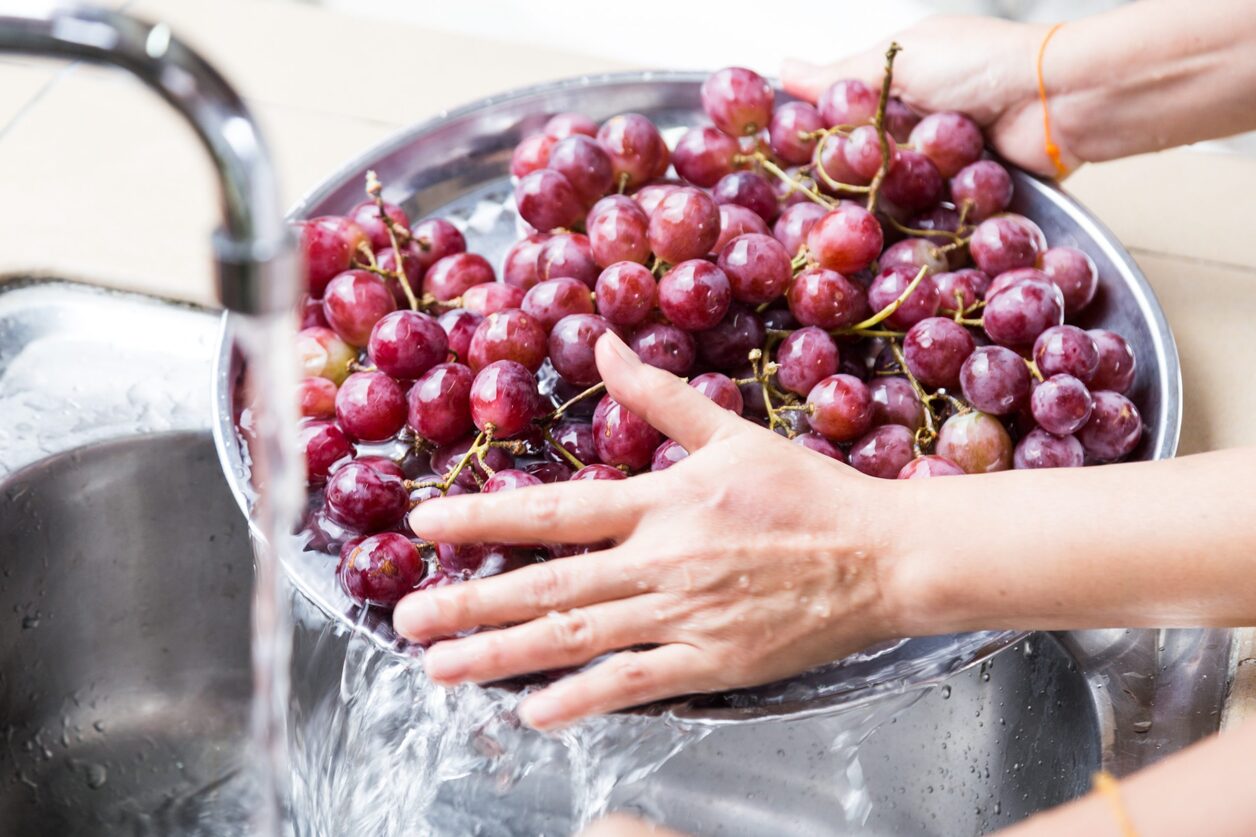

Latest News
How To Get Pesticides Off Grapes
Modified: January 22, 2024
Discover the latest news on how to safely remove pesticides from grapes with our helpful guide. Find out effective methods and recommendations to enjoy chemical-free grapes.
(Many of the links in this article redirect to a specific reviewed product. Your purchase of these products through affiliate links helps to generate commission for Chicagolandgardening.com, at no extra cost. Learn more)
Table of Contents
Introduction
Grapes are a delicious and nutritious fruit that can be enjoyed in a variety of ways. However, like many other fruits and vegetables, grapes can sometimes contain pesticide residue. Pesticides are chemicals used to protect crops from pests and diseases. While they are necessary for ensuring a bountiful harvest, residue from these chemicals on produce can be concerning for those looking to reduce their exposure to pesticides.
Fortunately, there are several effective methods to remove pesticide residue from grapes. By employing these techniques, you can enjoy your grapes with peace of mind, knowing that you have taken steps to minimize your pesticide intake.
In this article, we will explore various methods to get pesticides off grapes, including washing them thoroughly, soaking them in a baking soda solution, and using a vinegar solution. We will also discuss the option of purchasing organic grapes, which are grown without synthetic pesticides.
Whether you are preparing grapes for a refreshing snack, incorporating them into salads or desserts, or even making your own wine, understanding how to remove pesticide residue from grapes is essential for your health and well-being. So let’s dive in and discover the best ways to ensure your grapes are pesticide-free!
Understanding Pesticide Residue on Grapes
Pesticide residue on grapes refers to the small amounts of pesticides that can remain on the fruit even after rinsing. While grapes are typically washed before being sold, residual pesticide levels can still be present. This can occur due to factors such as the application of pesticides during the growing process or proximity to pesticide-treated crops.
It is important to note that the levels of pesticide residue found on grapes are regulated and monitored to ensure they are within safe limits. However, if you are concerned about minimizing your exposure to pesticides, it is advisable to take additional steps to remove any potential residue.
Pesticides used on grapes can vary, including insecticides, herbicides, and fungicides. Each type of pesticide serves a specific purpose, such as protecting the grapes from insects, controlling weeds, or preventing fungal diseases.
To reduce pesticide residue on grapes, it is crucial to understand the possible risks associated with exposure. Prolonged exposure to certain pesticides has been linked to adverse health effects, including developmental issues, hormone disruption, and even certain types of cancer. While the amount of residue found on grapes is generally low, it is still a good practice to take steps to minimize intake.
By understanding the different types of pesticides used on grapes and the potential risks associated with exposure, you can make informed decisions about how to best remove pesticide residue from the fruit.
Washing Grapes
One of the simplest and most effective ways to remove pesticide residue from grapes is to thoroughly wash them before consumption. Washing grapes can help remove any surface-level pesticides, dirt, or debris that may be present.
Here’s a step-by-step guide on how to wash grapes:
- Rinse with water: Start by placing your grapes in a colander or strainer. Hold the colander under cool running water and gently toss the grapes around, allowing the water to rinse off any loose residue.
- Gently rub the grapes: After rinsing, use your fingers to gently rub each grape. This can help dislodge any stubborn residue that may be clinging to the skin.
- Pat dry: Once you have washed and rubbed the grapes, carefully transfer them to a clean towel or paper towel. Gently pat them dry to remove any excess moisture.
Keep in mind that washing grapes may not completely eliminate all pesticide residue. However, it can significantly reduce the amount present, providing you with a cleaner and safer product.
Additionally, it is important to wash grapes just prior to consumption rather than in advance. Washing them too far in advance can lead to water absorption by the grapes, affecting their taste and texture.
Remember, washing grapes is a simple yet effective method to remove pesticide residue. It is a good practice to incorporate into your routine when preparing this delicious fruit.
Soaking Grapes in Baking Soda Solution
Another method that can be used to remove pesticide residue from grapes is soaking them in a baking soda solution. Baking soda, or sodium bicarbonate, has natural cleansing properties that can help break down and remove pesticide residues.
Here’s how you can do it:
- Create the solution: In a large bowl or basin, mix one teaspoon of baking soda with two cups of water. Stir the solution until the baking soda is completely dissolved.
- Soak the grapes: Place your grapes into the baking soda solution and ensure they are fully submerged. Leave them to soak for approximately 15-20 minutes.
- Rinse and dry: After soaking, remove the grapes from the solution and rinse them thoroughly under running water. Use your fingers to gently rub each grape to remove any remaining residue. Pat them dry with a clean towel or paper towel.
The baking soda solution works by breaking down the pesticide compounds on the grape’s skin, making it easier to wash away.
However, it’s important to note that soaking grapes in a baking soda solution may slightly alter their taste. The effect is typically minimal, and most people do not notice a significant difference. If you are concerned about any taste alteration, you can try adjusting the soaking time or reduce the baking soda concentration in the solution.
Soaking grapes in a baking soda solution can be an effective method to further reduce pesticide residue on the fruit. This technique can provide an additional layer of protection and peace of mind when consuming grapes.
Using Vinegar Solution to Remove Pesticides
Another popular method for removing pesticide residue from grapes is using a vinegar solution. Vinegar is known for its acidic properties, which can help break down and remove the pesticides present on the grape’s surface.
Here’s how you can use vinegar to clean your grapes:
- Create the solution: In a large bowl or basin, mix together three parts water and one part white vinegar. Ensure that there is enough solution to fully submerge the grapes.
- Soak the grapes: Place your grapes in the vinegar solution and let them soak for approximately 15 minutes. Make sure the grapes are fully submerged to ensure effective cleaning.
- Rinse and dry: After the soaking period, remove the grapes from the solution and rinse them thoroughly under running water. Gently rub each grape between your fingers to help remove any remaining residue. Pat them dry using a clean towel or paper towel.
The acidic nature of vinegar aids in breaking down the pesticide residue, making it easier to rinse off during the cleaning process. Vinegar is often used as a natural cleaning agent due to its effectiveness in removing various contaminants.
It’s important to note that vinegar may leave a slight taste or odor on the grapes, but this can usually be minimized by thorough rinsing. If you are concerned about the taste, you can rinse the grapes more extensively to remove any lingering vinegar flavor.
Using a vinegar solution to clean grapes can be an effective technique for reducing pesticide residue. The natural properties of vinegar make it a popular choice for those looking for environmentally friendly and non-toxic cleaning methods.
Buying Organic Grapes
A straightforward way to avoid pesticide residue on grapes is to opt for organic grapes. Organic farming practices prioritize the use of natural methods to control pests and diseases, minimizing the need for synthetic pesticides and fertilizers.
Organic grapes are grown without the use of synthetic chemicals, pesticides, herbicides, or genetically modified organisms (GMOs). Instead, organic farmers rely on techniques such as crop rotation, beneficial insects, natural fertilizers, and physical barriers to manage pests and maintain the health of their grapevines.
The certification process ensures that organic grapes meet specific standards set by regulatory bodies. Look for organic certification labels, such as “USDA Organic” in the United States, when purchasing grapes to ensure their organic status.
By choosing organic grapes, you can enjoy the benefits of fruit that is free from synthetic pesticide residues. Plus, organic farming practices also promote soil health, biodiversity, and overall sustainability.
It’s important to note that organic grapes may be slightly more expensive than conventionally grown grapes due to the additional labor and practices involved in organic farming. However, many people find the peace of mind and environmental benefits worth the investment.
When buying organic grapes, be sure to examine the grapes for freshness and quality, just as you would with conventionally grown grapes. Look for plump, firm, and vibrantly colored grapes, which are signs of good quality and flavor.
By supporting organic farming practices and choosing organic grapes, you can contribute to a healthier environment and minimize your exposure to pesticide residue on grapes.
Conclusion
Removing pesticide residue from grapes is an important step towards ensuring a healthier and safer fruit consumption. While the levels of pesticide residue found on grapes are typically within regulated limits, it is still worthwhile to take proactive measures to minimize exposure.
Throughout this article, we have explored various methods for removing pesticide residue from grapes. Thoroughly washing grapes with water, soaking them in baking soda solution, and using a vinegar solution are effective techniques to reduce pesticide residues on the fruit’s surface. Each method offers unique benefits, and you can choose the one that suits your preferences and availability of materials.
Additionally, considering organic grapes is an excellent option for those seeking a pesticide-free alternative. Organic farming practices prioritize natural methods to maintain grape health and protect against pests and diseases. By choosing organic grapes, you support sustainable agricultural practices and reduce your exposure to synthetic pesticides.
It’s important to note that while these methods can help reduce pesticide residue, they may not completely eliminate all traces. However, by incorporating these techniques into your routine, you can significantly reduce your pesticide intake and enjoy grapes with peace of mind.
Remember to wash grapes just before consumption, as washing them too far in advance may negatively affect their taste and texture. Pay attention to the quality and freshness of the grapes when making your selection, regardless of whether they are conventionally grown or organic.
By being mindful of the potential presence of pesticide residue and implementing these practices, you can enjoy grapes as a healthy and delicious part of your diet. Take the necessary steps to ensure that your grapes are as pesticide-free as possible, and savor every bite without worrying about unwanted chemicals.
